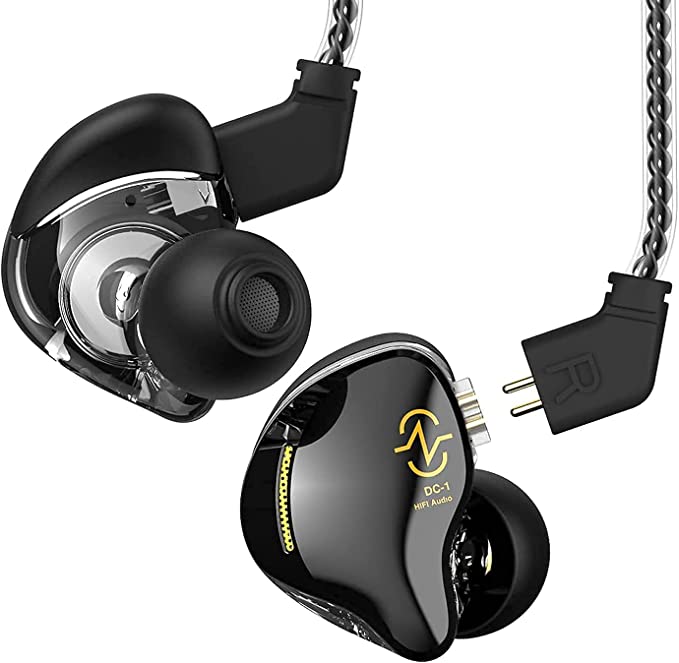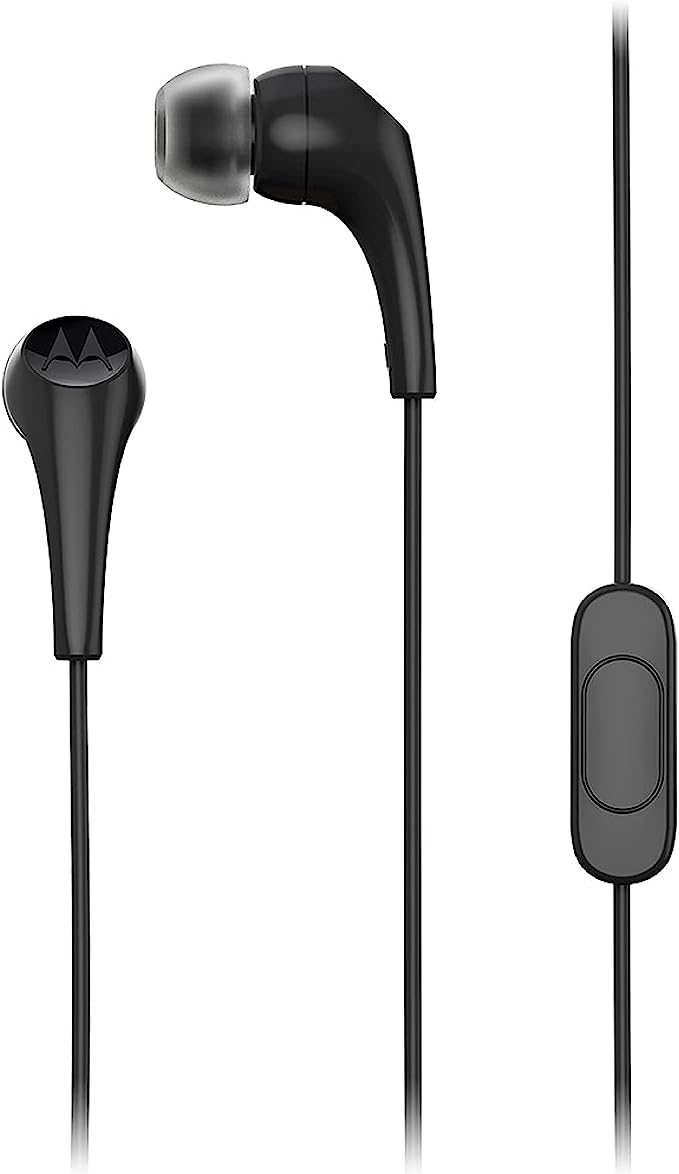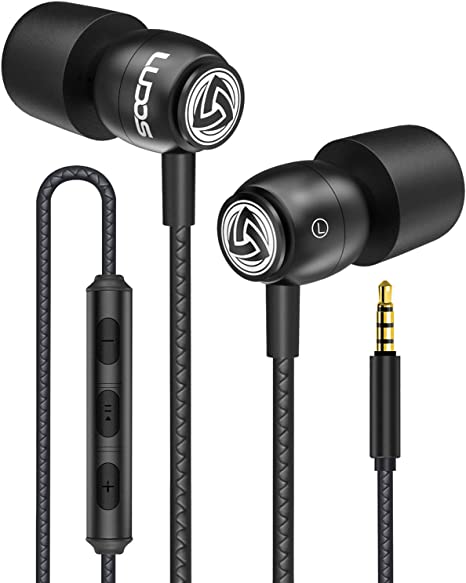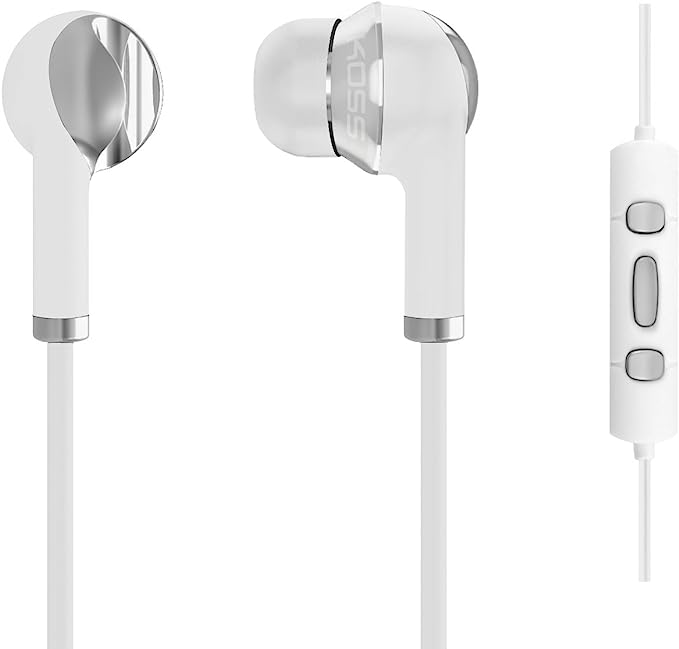Maeline 0P1SA3 Bulk Classroom Student Wired Headphones : The Perfect Classroom Companion
Update on June 30, 2025, 1:38 p.m.
Take a moment and think about the last pair of inexpensive headphones you saw fail. Chances are, the wire frayed and shorted out right where it met the metallic plug. It’s a near-universal point of failure, a modern annoyance we’ve come to accept. Now, look closely at a pair of headphones built for a classroom, like the Maeline 0P1SA3 Bulk Classroom Student Wired Headphones. You might notice its plug is bent into an “L” shape.
That small, 90-degree bend isn’t a stylistic choice. It’s a deliberate, brilliant piece of engineering, and it’s our first clue in a detective story. It reveals a hidden world of thoughtful design, where every feature is a calculated solution to the chaos of a K-12 learning environment. Let’s pull on that thread and unravel the unseen genius woven into these essential educational tools, a genius grounded firmly in physics, physiology, and practical engineering.

The Guardian at the Gate: How a Simple Bend Defeats a Common Enemy
The number one killer of wired headphones is the accidental yank. A snag on a chair, a laptop pulled carelessly, a student turning too quickly—these events send a sharp, destructive force down the cable. On a standard straight plug, all that force concentrates on a single, minuscule point: the fragile solder joint where the wire meets the metal. It’s a textbook case of “stress concentration,” a concept engineers know all too well. To understand it, just bend a paperclip back and forth; it always breaks at the bend, the point of highest stress.
The right-angle plug on the Maeline 0P1SA3 is a masterclass in stress relief. By changing the direction of the cable, it transforms that destructive pulling force. Instead of snapping the delicate connection point, the force is dispersed along the robust, solid body of the plug itself. It’s like the difference between trying to knock over a telephone pole by pushing at its very top versus pushing at its base. This simple bend acts as a mechanical guardian, a preventative measure that dramatically increases the device’s lifespan in an environment where accidents are not an exception, but a daily reality.

Building a Cone of Silence: The Physics of Focus
Walk into any active classroom, and you’re met with a complex soundscape: the rustle of papers, the scrape of chairs, dozens of whispered conversations, and the hum of technology. To learn effectively, each student needs to retreat into their own personal “acoustic bubble.” This is achieved not with fancy electronics, but with fundamental physics.
The Maeline headphones employ Passive Noise Isolation (PNC). The on-ear cups, fitted with plush faux leather cushions, create a physical seal against the ear. This simple barrier functions as a miniature sound-dampening wall. It is particularly effective at blocking and absorbing the mid-to-high frequency sounds characteristic of classroom chatter.
This “low-tech” approach is a deliberate and intelligent trade-off against its more complex cousin, Active Noise Cancellation (ANC). ANC uses microphones and processors to create anti-sound waves, which requires power, adds delicate electronic components, and increases cost. In the rough-and-tumble world of a school, the robust simplicity of PNC is superior. It provides significant focus-enhancing benefits without the fragility or battery-dependence of ANC, proving that the smartest solution is often the simplest one.

The Responsibility Dial: The Physiology of Safe Listening
Perhaps the most crucial feature from a health perspective is the humble in-line volume control. It’s more than a convenience; it is a vital safety instrument.
According to global health authorities like the World Health Organization (WHO), sustained exposure to sounds above 85 decibels (dBA)—roughly the volume of a noisy school cafeteria or city traffic—can lead to permanent, noise-induced hearing loss. A tablet or computer at full volume can easily exceed this safe threshold. The built-in volume control on the Maeline 0P1SA3 acts as a regulator, placing a ceiling on that potential danger. It empowers students to adjust the audio to a level that is clear but not harmful, fostering an early understanding of auditory health. For educators, it’s also a classroom management tool, preventing audio bleed that can distract neighboring students. It’s a simple dial that teaches a profound lesson in personal responsibility and respect for shared space.

The Universal Handshake: The Electronics of “It Just Works”
A school’s technology inventory is often a diverse menagerie of devices spanning different brands and generations: brand-new Chromebooks, aging desktop PCs, and various models of tablets. For an IT department, the dream is a peripheral that works with everything, no questions asked. The key to this “universal handshake” lies in a technical specification: 32 Ohms of impedance.
Think of electrical impedance as the amount of resistance the headphones present to the audio signal. A low impedance, like 32 Ohms, requires very little power from the device to produce sound. This rating has become an industry standard for consumer-level and portable electronics for this exact reason. It’s the sweet spot that ensures the headphones can be efficiently driven by the small, power-sipping amplifiers inside a Chromebook, smartphone, or MP3 player. This deliberate choice guarantees consistent performance and compatibility across the board. It is the electronic equivalent of a key that fits every lock, eliminating a major source of technical frustration for both students and staff.
The Intelligence of Simplicity
When we look at the Maeline 0P1SA3 headphones, we see that the L-shaped plug, the passive sound-dampening cushions, the protective volume dial, and the universal impedance are not just a list of features. They are an interconnected system, a series of thoughtful answers to real-world problems. They show that these headphones are not successful merely because they are affordable, but because they are intelligently economical. They master the fundamentals of durability, safety, and functionality.
The greatest designs are often the ones that become invisible, the ones that work so well we forget they are there. The next time you see a simple tool succeeding in a complex environment, look closer. You might just discover its own form of unseen genius.


























































